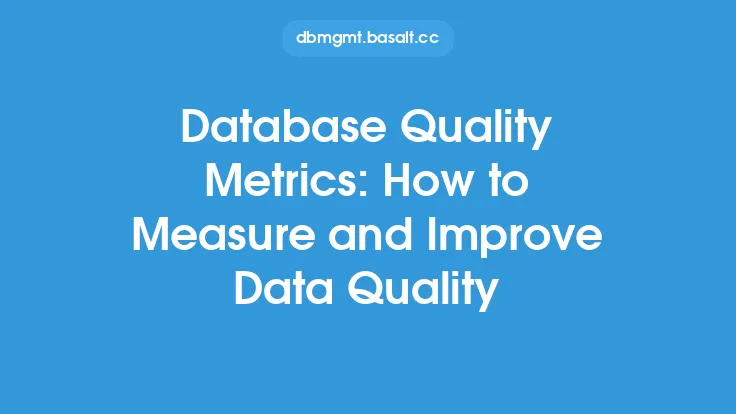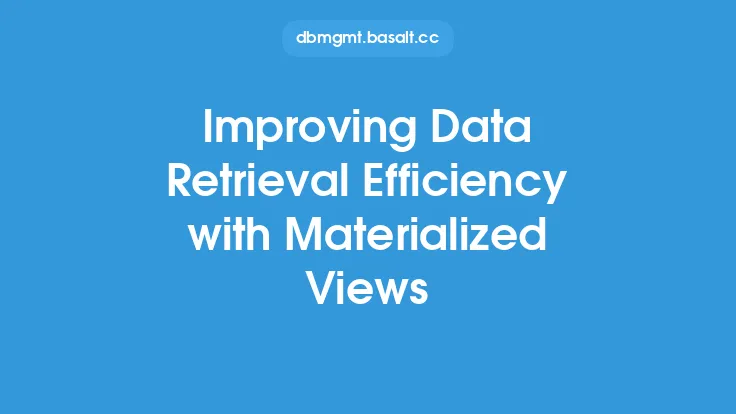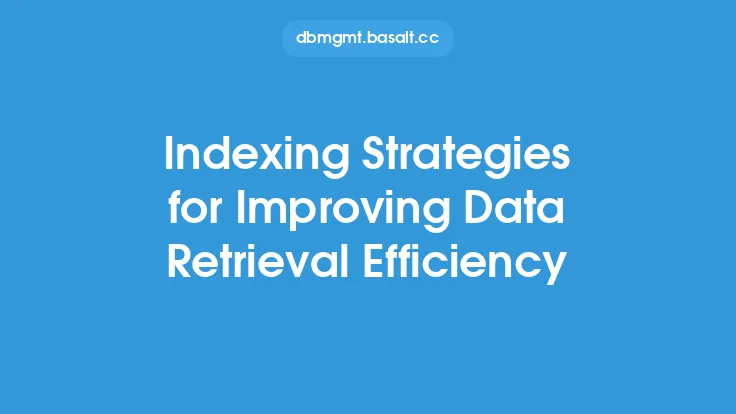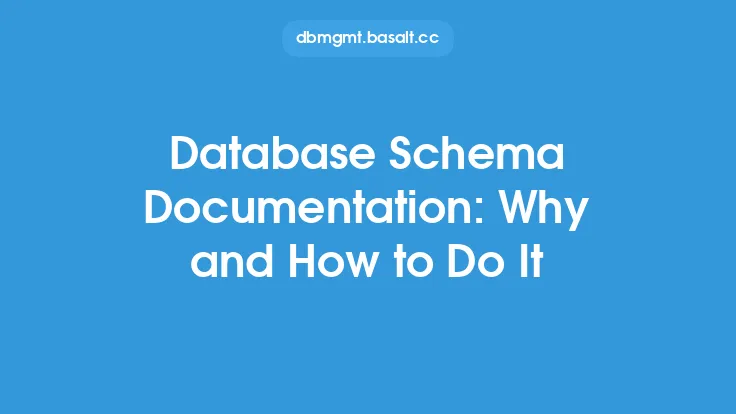Data standardization is a critical process in data management that involves converting data into a consistent format, making it easier to search, retrieve, and analyze. In today's data-driven world, organizations are dealing with vast amounts of data from various sources, making it challenging to manage and extract insights from it. Data standardization plays a vital role in improving data search and retrieval efficiency, enabling organizations to make informed decisions and drive business growth.
Introduction to Data Standardization
Data standardization is the process of transforming data into a standardized format, ensuring that all data elements are consistent and follow a specific set of rules. This process involves identifying and correcting errors, inconsistencies, and inaccuracies in the data, as well as transforming it into a format that is easily readable and understandable. Data standardization is essential in ensuring that data is accurate, complete, and consistent, which is critical for making informed decisions.
Benefits of Data Standardization in Data Search and Retrieval
Data standardization offers several benefits in improving data search and retrieval efficiency. Some of the key benefits include:
- Improved data quality: Data standardization ensures that data is accurate, complete, and consistent, making it easier to search and retrieve.
- Enhanced data search: Standardized data enables faster and more accurate search results, as the data is formatted consistently.
- Increased data retrieval efficiency: Standardized data reduces the time and effort required to retrieve data, as it is easily accessible and readable.
- Better data analysis: Standardized data enables more accurate and meaningful analysis, as the data is consistent and reliable.
Data Standardization Techniques
There are several data standardization techniques that can be used to improve data search and retrieval efficiency. Some of the common techniques include:
- Data profiling: This involves analyzing data to identify patterns, inconsistencies, and errors.
- Data cleansing: This involves correcting errors, inconsistencies, and inaccuracies in the data.
- Data transformation: This involves converting data into a standardized format, such as converting date formats or unit of measurement.
- Data validation: This involves checking data against a set of rules or constraints to ensure that it is accurate and consistent.
Data Standardization Tools and Technologies
There are several data standardization tools and technologies available that can help improve data search and retrieval efficiency. Some of the common tools and technologies include:
- Data integration tools: These tools enable the integration of data from multiple sources, making it easier to standardize and manage.
- Data quality tools: These tools enable the identification and correction of errors, inconsistencies, and inaccuracies in the data.
- Data governance tools: These tools enable the management and governance of data, ensuring that it is accurate, complete, and consistent.
- Data standardization software: These software solutions enable the standardization of data, making it easier to search, retrieve, and analyze.
Best Practices for Data Standardization
To ensure effective data standardization, it is essential to follow best practices. Some of the key best practices include:
- Establishing clear data standards: This involves defining clear rules and guidelines for data formatting and structure.
- Implementing data quality checks: This involves regularly checking data for errors, inconsistencies, and inaccuracies.
- Using data standardization tools and technologies: This involves leveraging tools and technologies to automate and streamline the data standardization process.
- Providing training and support: This involves providing training and support to users to ensure that they understand the importance of data standardization and how to implement it effectively.
Challenges and Limitations of Data Standardization
While data standardization offers several benefits, there are also challenges and limitations to consider. Some of the key challenges and limitations include:
- Data complexity: Data standardization can be challenging when dealing with complex data sets or multiple data sources.
- Data volume: Data standardization can be time-consuming and resource-intensive when dealing with large volumes of data.
- Data variability: Data standardization can be challenging when dealing with data that is constantly changing or evolving.
- Data security: Data standardization can raise security concerns, as it involves accessing and manipulating sensitive data.
Future of Data Standardization
The future of data standardization is exciting and rapidly evolving. With the increasing use of artificial intelligence, machine learning, and cloud computing, data standardization is becoming more critical than ever. Some of the key trends and developments in data standardization include:
- Automated data standardization: This involves using machine learning and artificial intelligence to automate the data standardization process.
- Cloud-based data standardization: This involves using cloud-based tools and technologies to standardize and manage data.
- Real-time data standardization: This involves standardizing data in real-time, enabling faster and more accurate search and retrieval.
- Data standardization as a service: This involves offering data standardization as a service, enabling organizations to outsource their data standardization needs.





